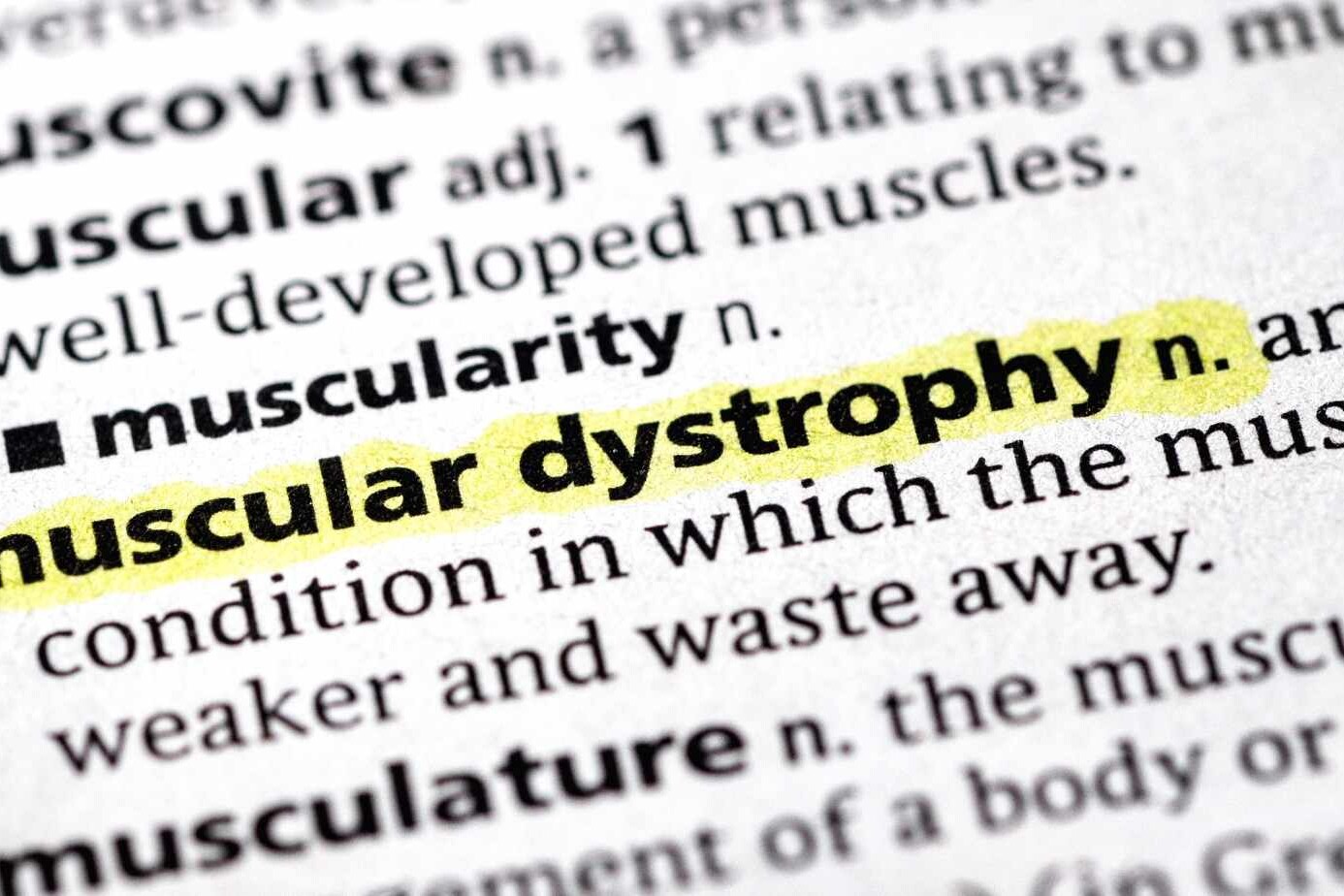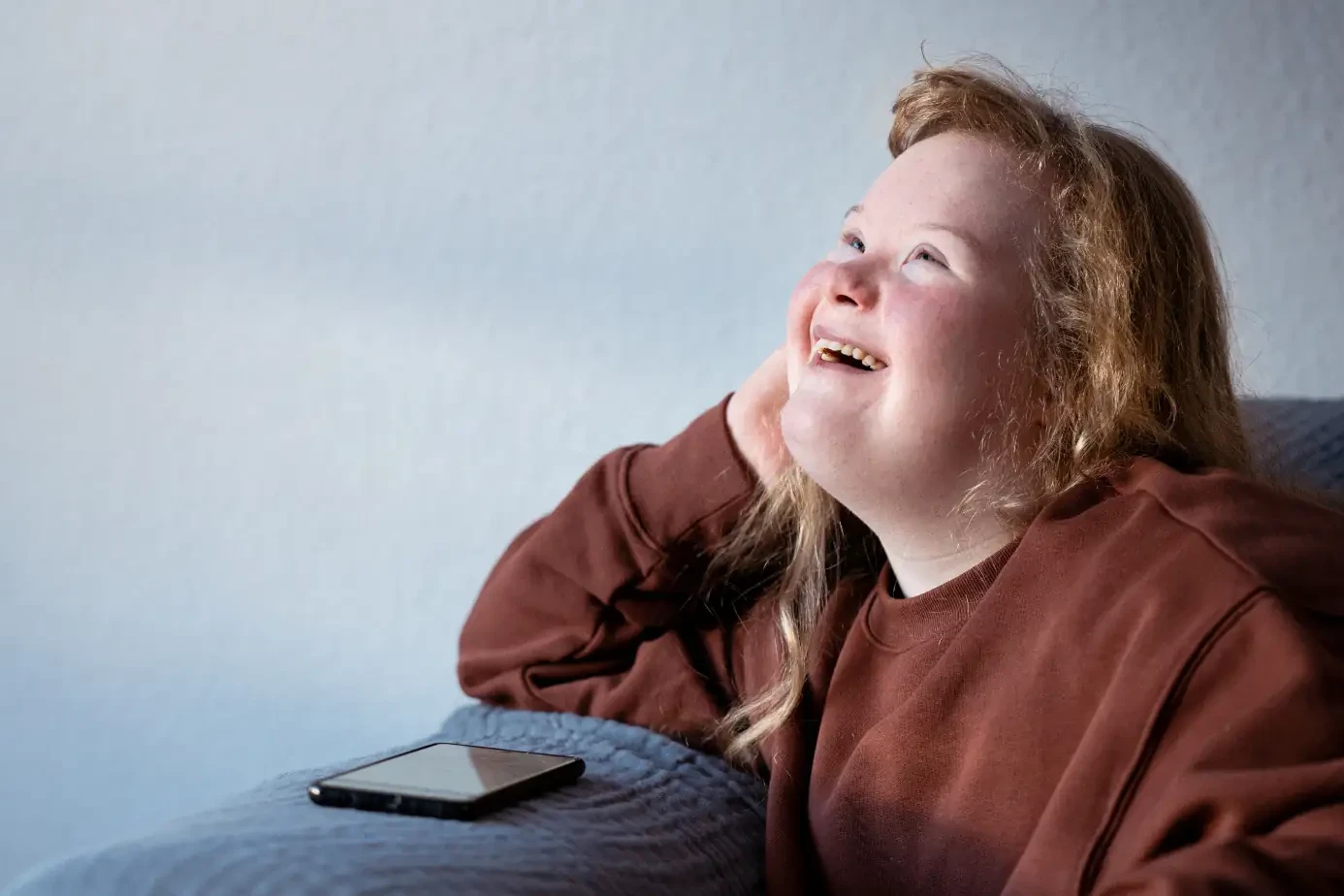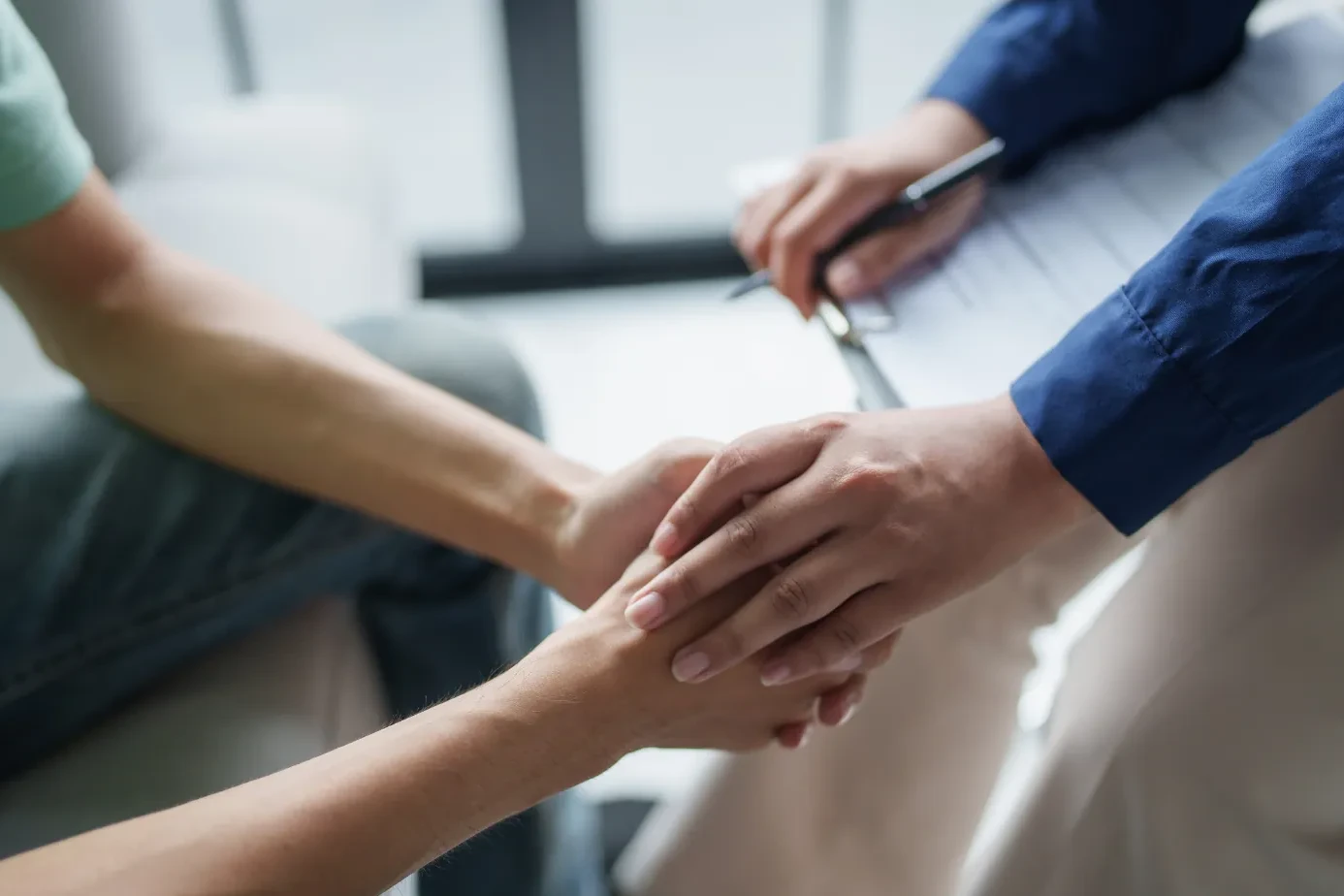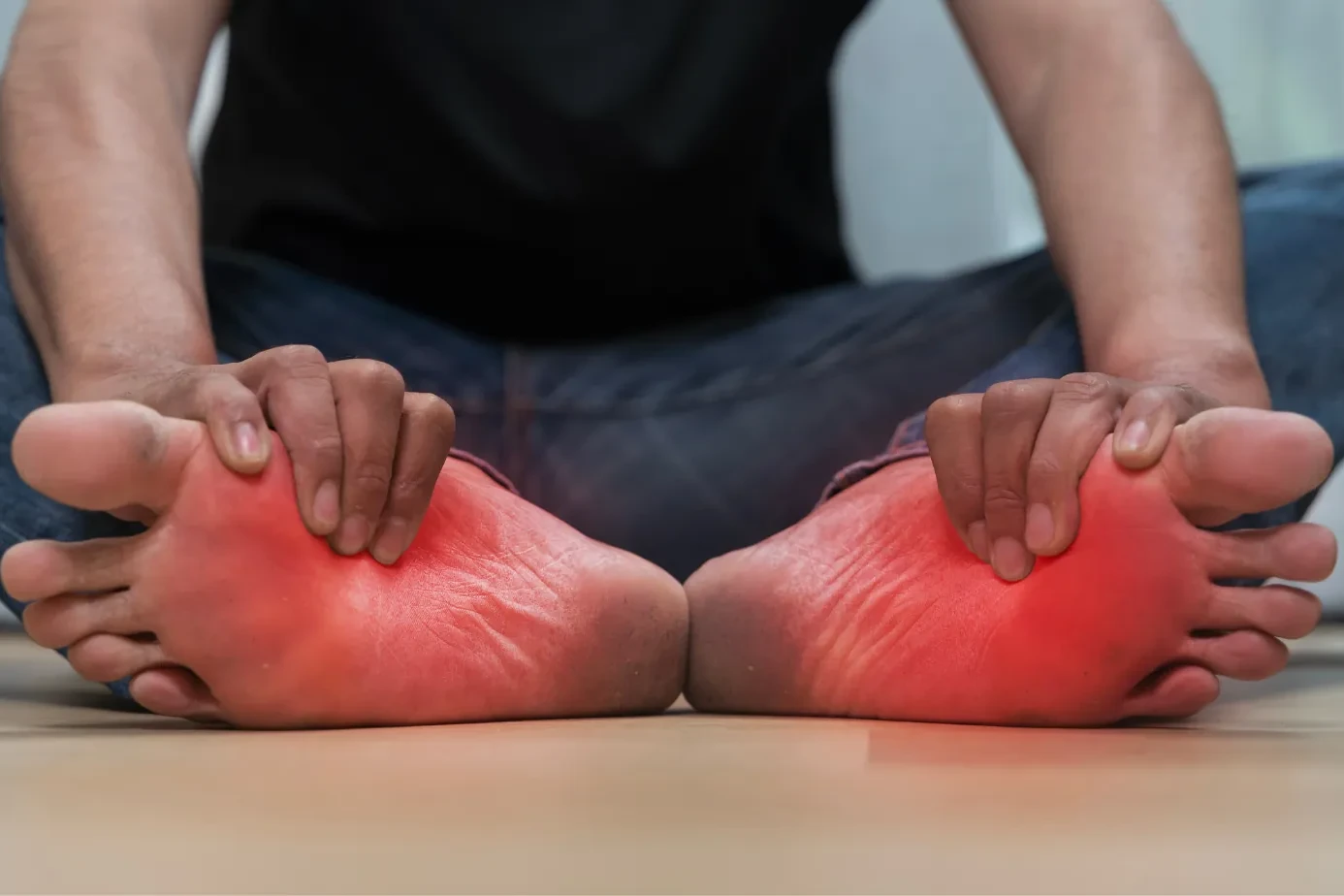Duchenne muscular dystrophy (DMD) is a rare and serious genetic condition. It causes progressive muscle weakness and wasting. This leads to heart and breathing problems that can be life-threatening.
While there’s no cure yet, several treatment options are available. These can help manage the symptoms and make life better for those with DMD. Options include mobility and breathing help, steroid drugs, and new treatments like gene therapy. Skipping faulty parts of the gene (exon skipping) is another area of hope.
Support is key in living with DMD. It involves managing swallowing, nutrition, and heart issues. Also, surgery might be needed. Learning about the condition and finding support are crucial.
Table of Contents
ToggleUnderstanding Duchenne Muscular Dystrophy
Duchenne muscular dystrophy hurts young boys mostly today. It comes from a bad gene that makes a key protein missing. This protein keeps muscles strong.
Without it, muscles get weak and waste away. This makes moving hard, your breath might not work well, and your heart could get sick.
What is Duchenne Muscular Dystrophy?
This illness is because of a missing protein called dystrophin. It helps keep muscle cells strong and working right. Without it, the body’s muscles start to break down.
This happens in the arms, legs, heart, and even the muscles you breathe with. The loss of muscle strength and function leads to serious trouble moving and breathing.
Symptoms and Progression
Signs of Duchenne start showing in early childhood, perhaps by age 3-6. Children start having trouble walking and going up stairs. Over time, this gets worse.
It makes it hard to move and breathe. The heart might also face big problems.
Causes and Genetic Factors
A change in the dystrophin gene causes this disease. It’s on the X chromosome. Most cases happen when a part of this gene is missing or added extra. This change stops the body from making enough dystrophin protein.
It passes from parents to children in an X-linked way. Boys are often more affected. Girls can have a milder form if they’re carriers, but not all carriers show signs
.
Duchenne muscular dystrophy treatment: Conventional Approaches
There’s no cure for Duchenne muscular dystrophy yet. But, many traditional treatments can help ease the symptoms and slow the disease down. For example, physical therapy, using special devices, and getting help with breathing are very important. They all help to stay mobile and enjoy life with more ease.
Mobility and Breathing Assistance
For people with Duchenne muscular dystrophy, it’s vital to keep moving. This can be done with physical therapy, special braces, and gadgets. Also, support for breathing, through devices like ventilators, is crucial. It helps avoid breathing problems.
Steroid Medications
Corticosteroids, a type of steroid, are proven to make muscles stronger in this disease. They slow down how fast the sickness gets worse. But, these steroids can have side effects.
Ataluren for Ambulatory Patients
Ataluren is a medicine for kids with Duchenne who can still walk. It works by targeting the disease’s gene problem. This may help keep muscles working better and possibly delay not being able to walk.
By using these traditional and new treatments, along with good care, the goal is to make life better for those with Duchenne muscular dystrophy.
Emerging Therapies and Clinical Trials
Researchers keep finding new ways to treat Duchenne muscular dystrophy, like through clinical trials. The FDA has recently approved Elevidys. It’s the first gene therapy for DMD in kids. This therapy brings a gene that makes a short version of the needed dystrophin protein. This protein is key to keeping the muscles working well.
Gene Therapy: Elevidys
The FDA approving Elevidys, by Sarepta Therapeutics, is a big step in gene therapy for DMD. It uses a special virus to carry a mini-dystrophin gene to the muscles. Early trials had over 140 kids, and later 120 more joined. The results are exciting. Boys using this therapy for years are getting better at things like standing up, jumping, and running. These improvements are rare in older DMD patients.
Exon Skipping
Exon skipping is another new approach. It tries to go around the genetic mistakes causing DMD. This may help make more working dystrophin, slowing down the disease.
Stem Cell Research
There’s hope in stem cell research too. Scientists aim to use stem cells to fix muscle damage and make muscles work better. This might help manage DMD more effectively and slow it down.
With gene therapies, exon skipping, and stem cell research, new doors are opening for treating DMD. As research goes on, there’s hope for better care and outcomes for patients and their families in the future.
Supportive Care and Quality of Life
Supportive care is essential in managing duchenne muscular dystrophy and making life better for those with it. People facing this disease could have problems eating and swallowing. However, dietary changes and help with feeding can solve these issues.
It’s vital to keep the heart healthy for those with Duchenne muscular dystrophy. This condition might cause heart problems like irregular heartbeats and a weak heart. Doctors should check the heart regularly. Sometimes, using medicines or devices such as pacemakers is needed to keep the heart strong.
In serious cases, surgeries might be needed to help with problems like a curved spine or stiff joints. These issues can make it harder to move and live well. This caring approach helps tackle many of the problems Duchenne muscular dystrophy brings. It aims to give the best life to those touched by the disease.
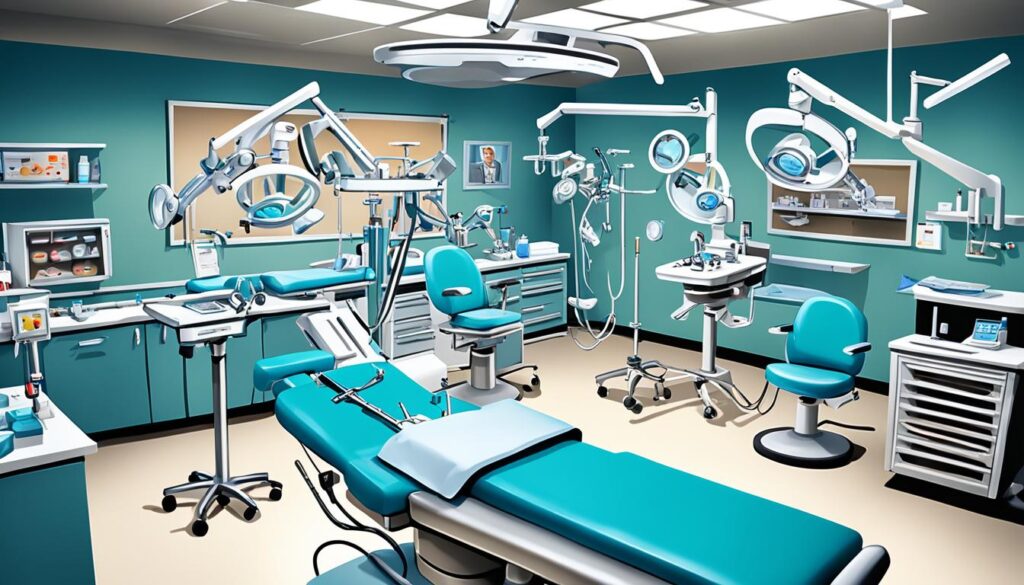
Patient Education and Support Resources
Dealing with Duchenne muscular dystrophy (DMD) can be a lot for patients and families. It’s important to learn about the disease and find help. This way, those with DMD and their family members can take part in making choices about their care.
Connecting with Support Groups
Joining support groups, near and far, is very helpful. They can offer both emotional and useful support. These groups let people share their stories and ways of dealing with the disease.
Organizations like the Family Caregiver Alliance (FCA) and the PACER Center also help a lot. They have special programs and tips for those caring for someone with DMD.
Accessing Clinical Trial Information
Knowing about new treatments through clinical trials is key. Websites like ClinicalTrials.gov share lots of info on studies worldwide. This can help patients look into new treatments.
Plus, programs like the Duchenne Scholarship by Route 79 help with education after high school. This can give young people extra support in their journey.
Conclusion
Duchenne muscular dystrophy is a serious genetic condition that affects the muscles. It needs a lot of different kinds of care. Right now, there’s no cure. But, we have treatments that help with symptoms and make life better.
There are many ways to help, from helping with moving and breathing to new gene therapy. Everyone is working to slow down the disease and make life better for those with it.
Staying updated on Duchenne muscular dystrophy treatments and getting support helps. Families can feel more confident by being part of the treatment process. With new research and treatments, there is hope for the future.
As the disease grows, using all available treatments and care is important. This can help those affected live better. Working with doctors and using available support can bring hope.
FAQ
What is Duchenne muscular dystrophy?
Duchenne muscular dystrophy is a rare, serious genetic condition. It causes muscle weakness and wasting over time. This happens because of a missing protein called dystrophin.
What are the symptoms of Duchenne muscular dystrophy?
It starts showing in early childhood, around 3 to 6 years old. Kids with this disease lose muscle strength. They face trouble moving, breathing, and their hearts can get weak.
What causes Duchenne muscular dystrophy?
A problem with a gene leads to not having enough dystrophin. This affects how muscles work. Understanding this gene helps in finding better treatments.
What are the conventional treatment options for Duchenne muscular dystrophy?
Doctors use many ways to help, like physical therapy and special devices. Steroids can make muscles stronger. Also, there’s ataluren, a medicine for some patients.
What are the emerging therapies for Duchenne muscular dystrophy?
Scientists are looking into new treatments. This includes gene therapy, exon skipping, and stem cells. They hope these will help slow down the disease.
How does supportive care help manage Duchenne muscular dystrophy?
Care that supports daily life is very important. It helps with eating, heart health, and surgeries for body issues. This kind of care makes life better for those with Duchenne.
How can patients and families navigate Duchenne muscular dystrophy?
Coping with Duchenne is hard, but there are ways to get through it. Learning from support groups and trials is key. It helps patients and families take better care of themselves.
Source Links
- https://www.fda.gov/news-events/press-announcements/fda-approves-first-gene-therapy-treatment-certain-patients-duchenne-muscular-dystrophy
- https://www.nhs.uk/conditions/muscular-dystrophy/treatment/
- https://www.mda.org/disease/duchenne-muscular-dystrophy/medical-management
- https://www.ncbi.nlm.nih.gov/books/NBK482346/
- https://emedicine.medscape.com/article/1259041-treatment
- https://www.nature.com/articles/s41572-021-00248-3
- https://www.drugtargetreview.com/article/145291/developing-an-mrna-therapy-for-duchenne-muscular-dystrophy/
- https://www.urmc.rochester.edu/news/story/new-gene-therapy-for-duchenne-muscular-dystrophy-a-monumental-advance
- https://www.sciencedirect.com/science/article/abs/pii/S1474442222001259
- https://www.ncbi.nlm.nih.gov/pmc/articles/PMC4966503/
- https://www.duchenne.com/community-resources/resources-and-support
- https://www.ncbi.nlm.nih.gov/pmc/articles/PMC6014617/
About The Author

This article is medically reviewed by Dr. Chandril Chugh, Board-Certified Neurologist, providing expert insights and reliable health information.
Dr. Chandril Chugh is a U.S.-trained neurologist with over a decade of experience. Known for his compassionate care, he specializes in treating neurological conditions such as migraines, epilepsy, and Parkinson’s disease. Dr. Chugh is highly regarded for his patient-centered approach and dedication to providing personalized care.
→ Book a consultation to discover which remedies suit your needs best.

